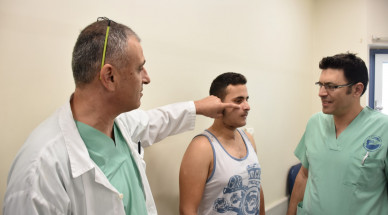
Leg bone turns into new jaw for 18-year-old boy at Tiberias Hospital
Doctors reconstructed the missing part of the upper jaw and connected blood vessels from his leg to those in his neck.
We offer you an overview of useful health news.

Doctors reconstructed the missing part of the upper jaw and connected blood vessels from his leg to those in his neck.

The award was bestowed on Shemer at the Post’s annual conference in New York.
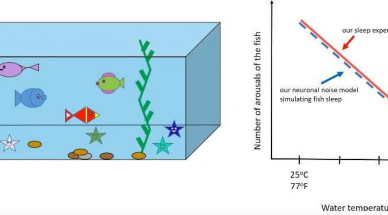
Brief arousals during sleep—sometimes as many as ten to fifteen per night—appear random in time and occur in humans and even in animals.

Israeli scientists are identifying what causes tumors to develop, hoping to block the growth process.

Have a happy and safe Independence Day weekend!

For older women with early-stage breast cancer, measures of health-related quality of life (HRQOL) predict 10-year mortality independently of traditional breast cancer prognostic variables, according to a study published online March 13 in the Journal of the American Geriatrics Society.
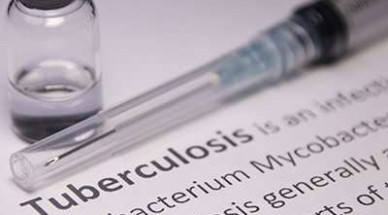
A new blood test has been found to more accurately predict the development of tuberculosis up to two years before its onset in people living with someone with active TB, according to research published online in the American Journal of Respiratory and Critical Care Medicine, an American Thoracic Society journal.
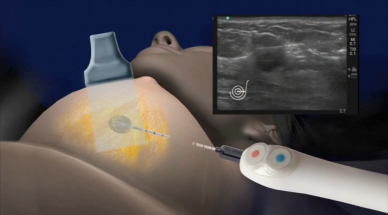
Treating cancer is often a notoriously long and trying process, sometimes requiring a combination of surgery and radiation or chemotherapy. These treatments can go on for months or longer, and come with a number of devastating side effects.
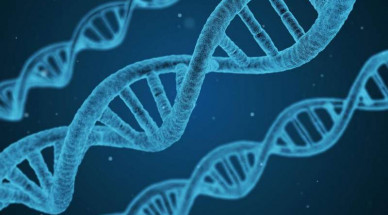
Most of the human genome—98 percent—is made up of DNA but doesn't actually encode genes, the recipes cells use to build proteins. The vast majority of genetic mutations associated with cancer occur in these non-coding regions of the genome, yet it's unclear how they might influence tumor development or growth. Now researchers at University of California San Diego School of Medicine and Moores Cancer Center have identified nearly 200 mutations in non-coding DNA that play a functional role in cancer. Each of the mutations could represent a new target in the search for cancer drugs.